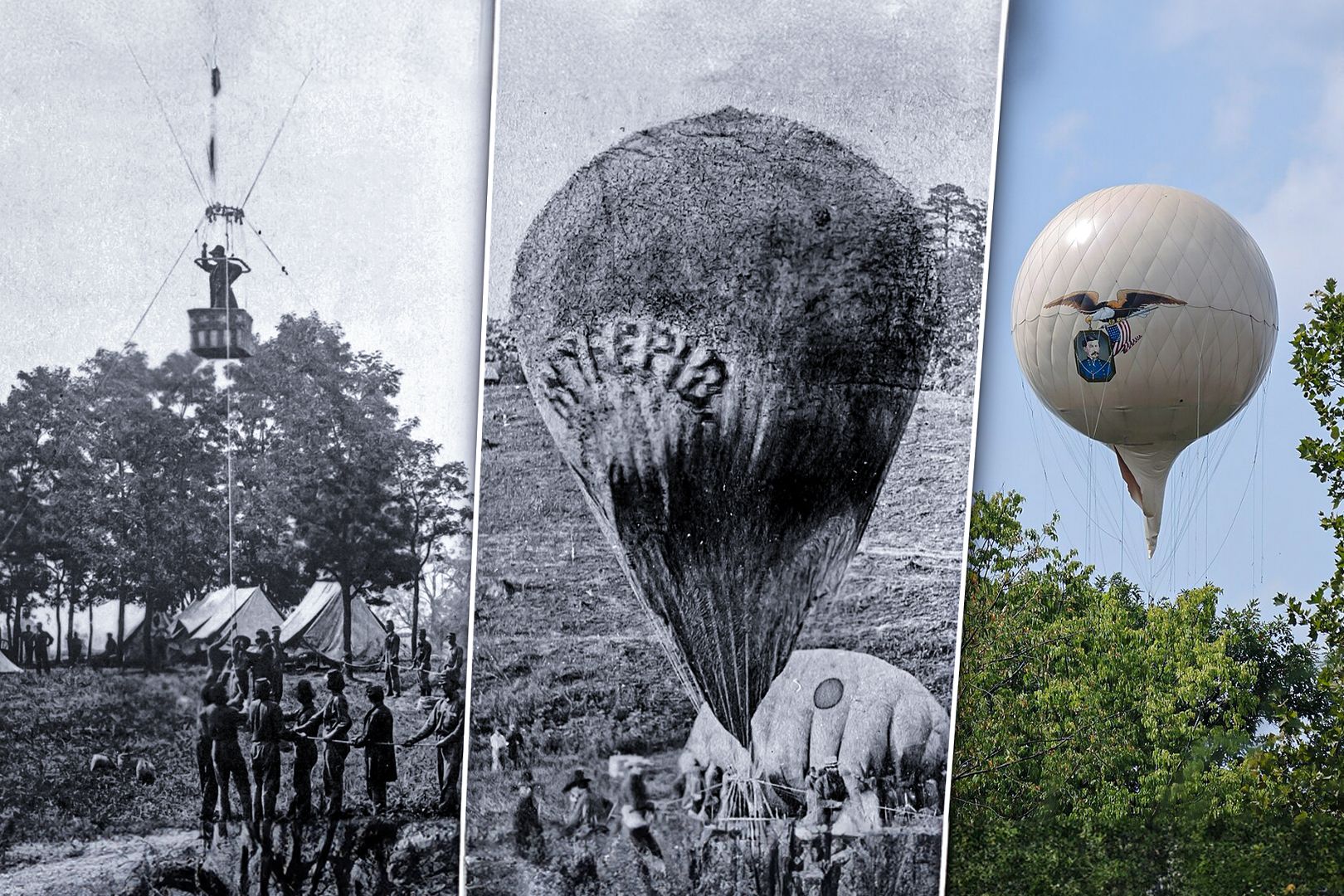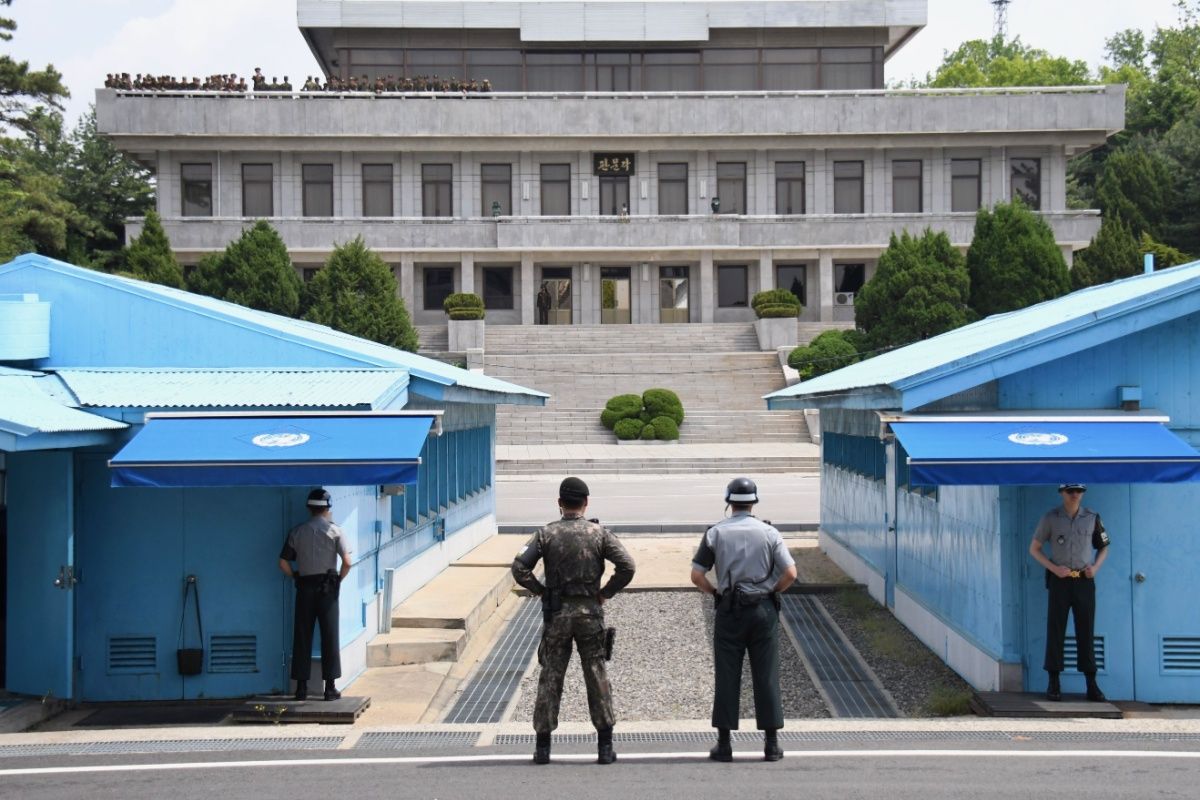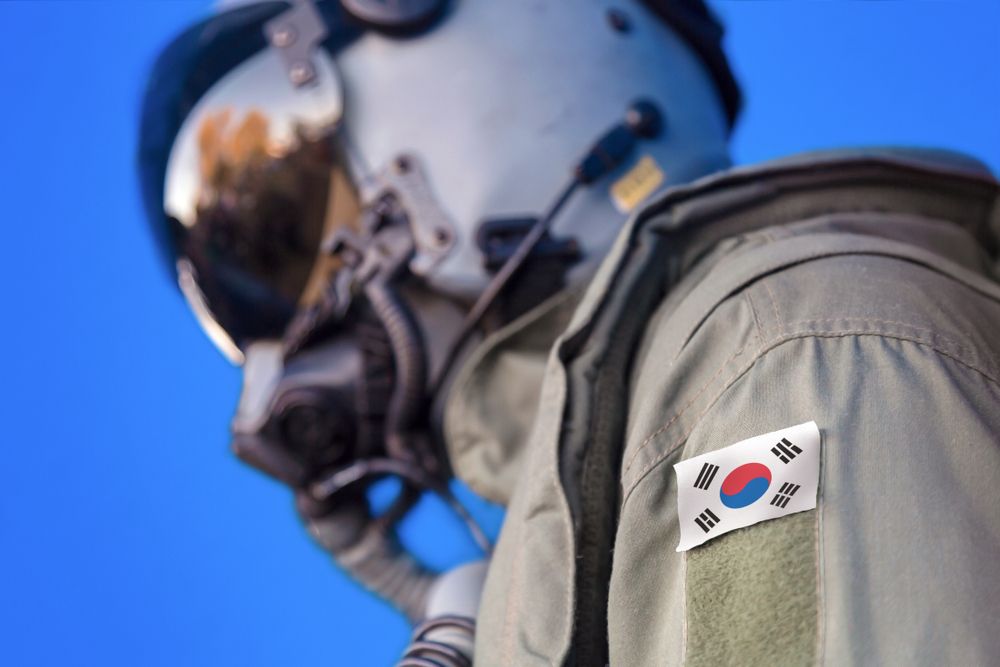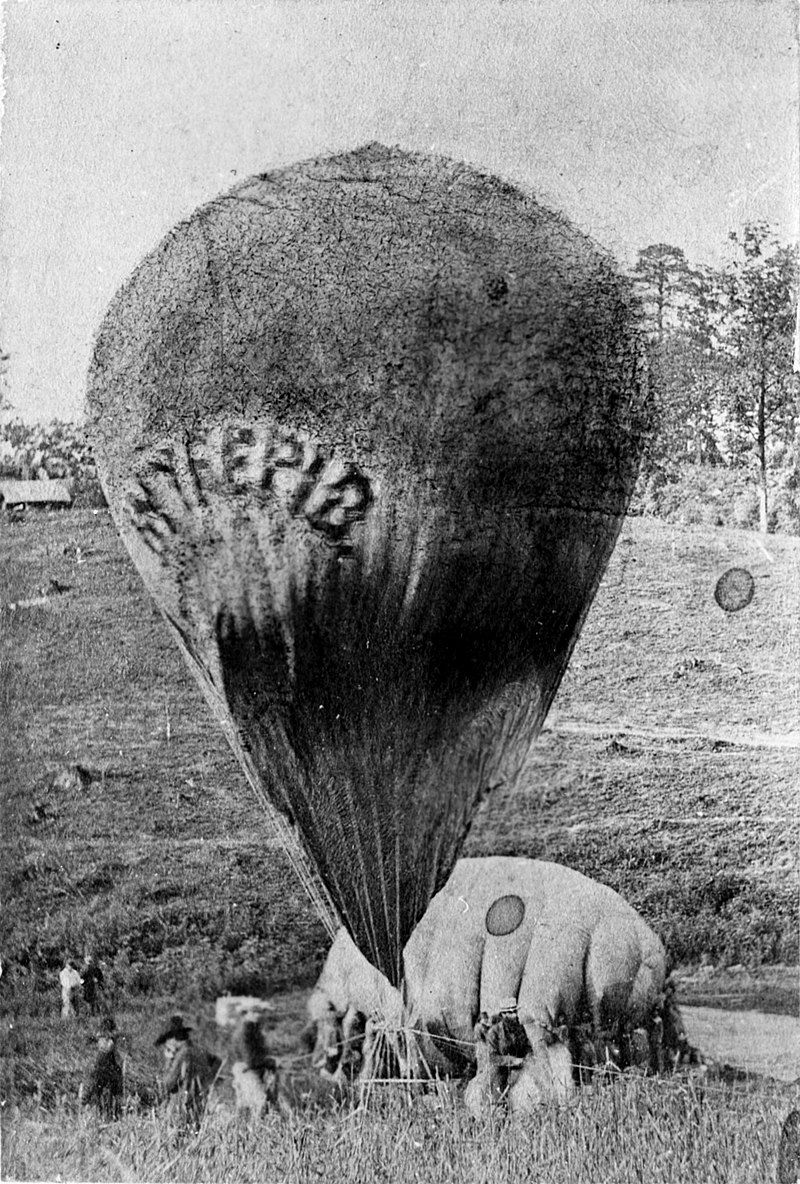Summary
- North Korea sent over 1,000 balloons carrying trash to South Korea, sparking concerns and warnings.
- South Korea has suspended agreements with the North due to these provocations, escalating tensions.
- Balloon warfare has a long history, dating back to the American Civil War and Germans in WWI.
To say there are tensions on the Korean Peninsula would be to sound like a stuck record. Over the years, the two rival Koreas have resorted to ways to express their mutual grievances without losing control and slipping into a shooting war. “Balloon wars” have long been one way the two Koreas have engaged in propaganda campaigns. Now, balloons are making a comeback with a twist. It comes after the South Koreans deployed F-35 fighters ahead of a North Korean spy satellite launch (the rocket carrying the satellite later exploded soon after launch).
The trash balloon war
North Korea has once again resorted to a rather unconventional type of aerial warfare. On May 29, the BBC reported that North Korea had dropped at least 260 balloons carrying trash into the South. South Korean authorities warned residents in the area to stay indoors and not touch the “filthy waste and trash.” The BBC reported that balloons had been found in eight of nine provinces in South Korea.
Photo: The Art of Pics l Shutterstock
This continued on June 9, when the Associated Press reported that North Korea had sent more than 1,000 balloons so far, dropping tons of trash and manure in the South. The North Koreans launched another wave of balloons after the South Korean activists floated their own balloons.
The balloons carried plastic waste, paper waste, batteries, scraps of cloth, and manure, but no highly hazardous materials have been discovered.

Related
Balloon Corps: The Union Army’s Civil War Air Force
Aerial combat dawned in WWI. However, aerial technology played a key role in a war 5 decades prior, during the American Civil War.
The propaganda balloon war
“Balloon wars” on the Korean peninsula are nothing new. For years, South Koreans sent balloons full of propaganda material into the north (including K-Pop flash drives). It is forbidden for North Koreans to touch their contents. Listening to K-pop is strictly forbidden in the North—even wearing jeans is forbidden.
Sometimes, South Korean activist campaigns are led by North Korean defectors in the South. One group led by a North Korean defector and activist has launched at least 20 balloons with 20,000 masks and tens of thousands of vitamin C and antipyretic pills. Other South Korean activists send more propaganda-filled balloons with music, movies, and dollar bills.
CNN reported that the Fighters for a Free North Korea (FFNK) had sent “…200,000 leaflets condemning North Korean leader Kim Jong Un, 5,000 USB sticks containing South Korean music videos and television shows, and 2,000 one dollar bills.”
South Korea has responded to provocations from the North by suspending a 2018 agreement meant to ease tensions on the peninsula. Now, the South Koreans can restart live-fire military exercises and anti-North Korean propaganda loudspeaker broadcasts along border areas. US Air Force B-1 Lancer bombers just conducted their first live-fire exercises in South Korea in seven years.
While the idea of balloon wars may seem novel, they are nothing new. The first flight was achieved in 1783 by a Frenchman in a balloon. In the American Civil War, they were used for reconnaissance, and in WW1, the Germans bombed London using massive airships (essentially, powered and navigable balloons).



